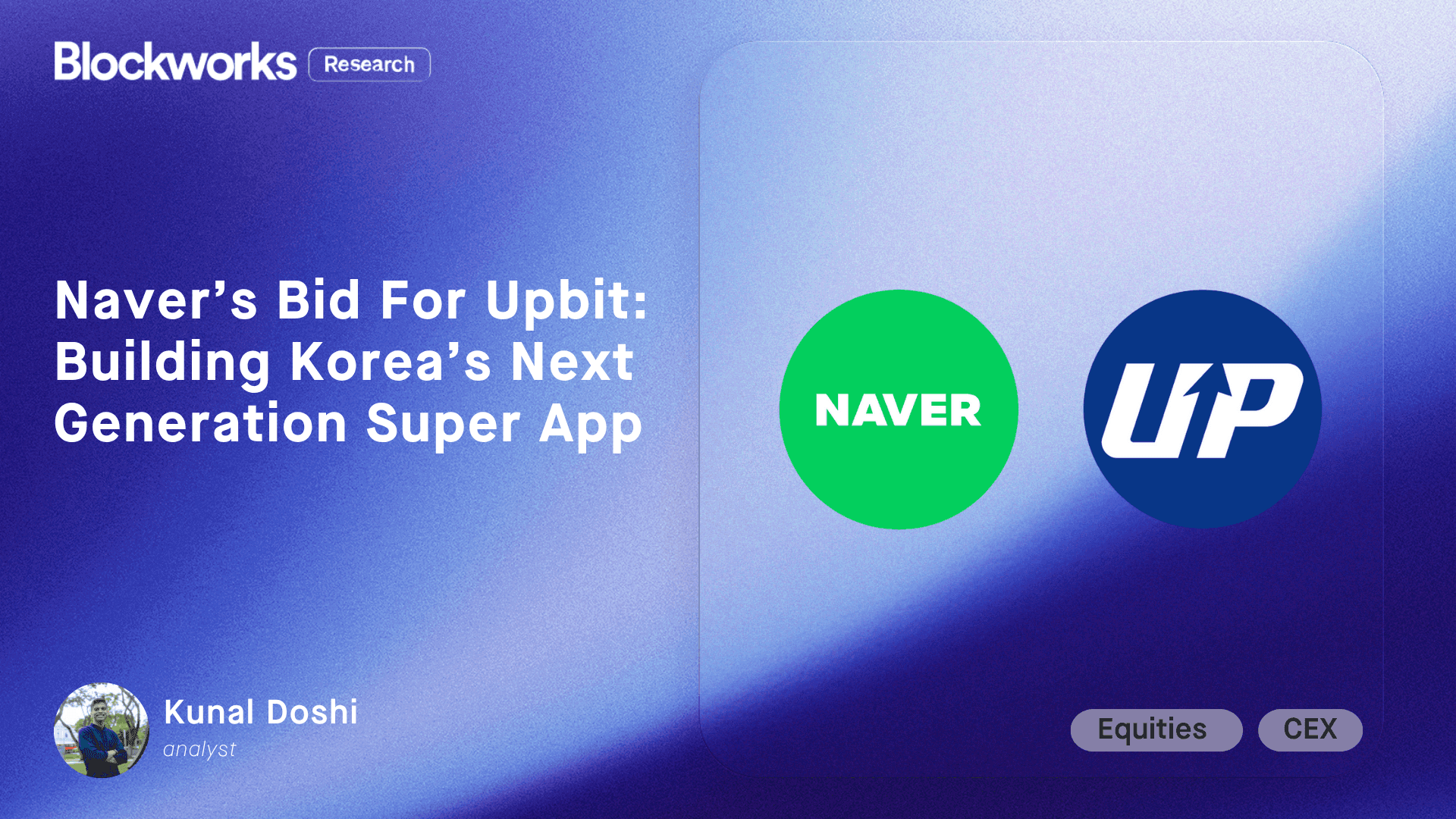Solana slides on macro pressure as oil and gold rally
Solana dropped nearly 10% amid mass crypto liquidations triggered by rising geopolitical strife

Satheesh Sankaran/Blockworks chart/Shutterstock and Adobe modified by Blockworks
This is a segment from the Lightspeed newsletter. To read full editions, subscribe.
Volatility is back. After rallying to $167 on June 11, SOL reversed sharply below $145 as geopolitical shocks rattled risk markets. Israeli airstrikes on Iran and the ensuing global rush to hard assets appear to be the trigger here.
Oil surged. Gold climbed. Solana and Bitcoin stumbled off a cliff.
Early Friday, we saw BTC dip briefly below $103k, triggering over $400 million in long liquidations before rebounding to ~$105k. Solana dropped around 9.6% with $52 million in liquidations, third only to BTC and ETH.
Despite the correction, Solana’s core metrics have held. Daily transaction counts remain around 80 million. Compute throughput is stable. Application revenue is steady at $4-7 million/day.
Solana’s DEX layer is rotating, with volume down to $2.5-3.5 billion, from over $6 billion in May. Pump.fun continues to dominate meme traffic while SolFi captures SOL-USD pairs. Meta-aggregators like Titan and Kamino Swap are quietly gaining ground, offering better routing via off-chain sources like Pyth’s Express Relay, and even as volumes dipped, execution efficiency improved.
Underneath the rabble, Solana’s staking layer is unshaken. The stake rate holds at 65.4%, with net activations still outpacing deactivations. Liquid staking tokens, led by jitoSOL, remain steady near $7 billion. MEV tips from Jito declined post-frenzy, but validator income remains resilient. In other words, no real crisis of confidence is to be seen among active users.
It’s easy to see why some might worry superficially, what with SOL currently testing $140 support. A breakdown could open moves to $123 or even $110. But if BTC holds above $100k and oil premiums fade, SOL seems likely to stage a recovery.
Like it or not, the technical binary of reclaiming momentum vs. a deeper correction likely hinges a lot on bitcoin’s next move.
It’s a tough one to predict, given that the macro environment remains so unstable. Fed policy is tight, energy volatility is high, and crypto is once again correlated to equities and oil.
That said, the US regulatory backdrop continues to shift positively.
President Trump’s public embrace of dollar-backed stablecoins and federal frameworks adds a long-term bullish undertone, for instance — especially for chains like Solana that anchor stablecoin infrastructure.
The bottom line is, Solana is weathering a macro squall with surprising internal strength. While price remains pinned by risk-off sentiment, the ecosystem’s throughput, revenue and developer momentum are intact.
If the market stabilizes and volatility recedes, Solana could quickly reassert leadership in the next leg up. If not, our real test won’t be whether the network avoids the downside but how well it builds through it. So it has been, and so (someday, though maybe not today) it shall be.
Get the news in your inbox. Explore Blockworks newsletters:
- The Breakdown: Decoding crypto and the markets. Daily.
- 0xResearch: Alpha in your inbox. Think like an analyst.






